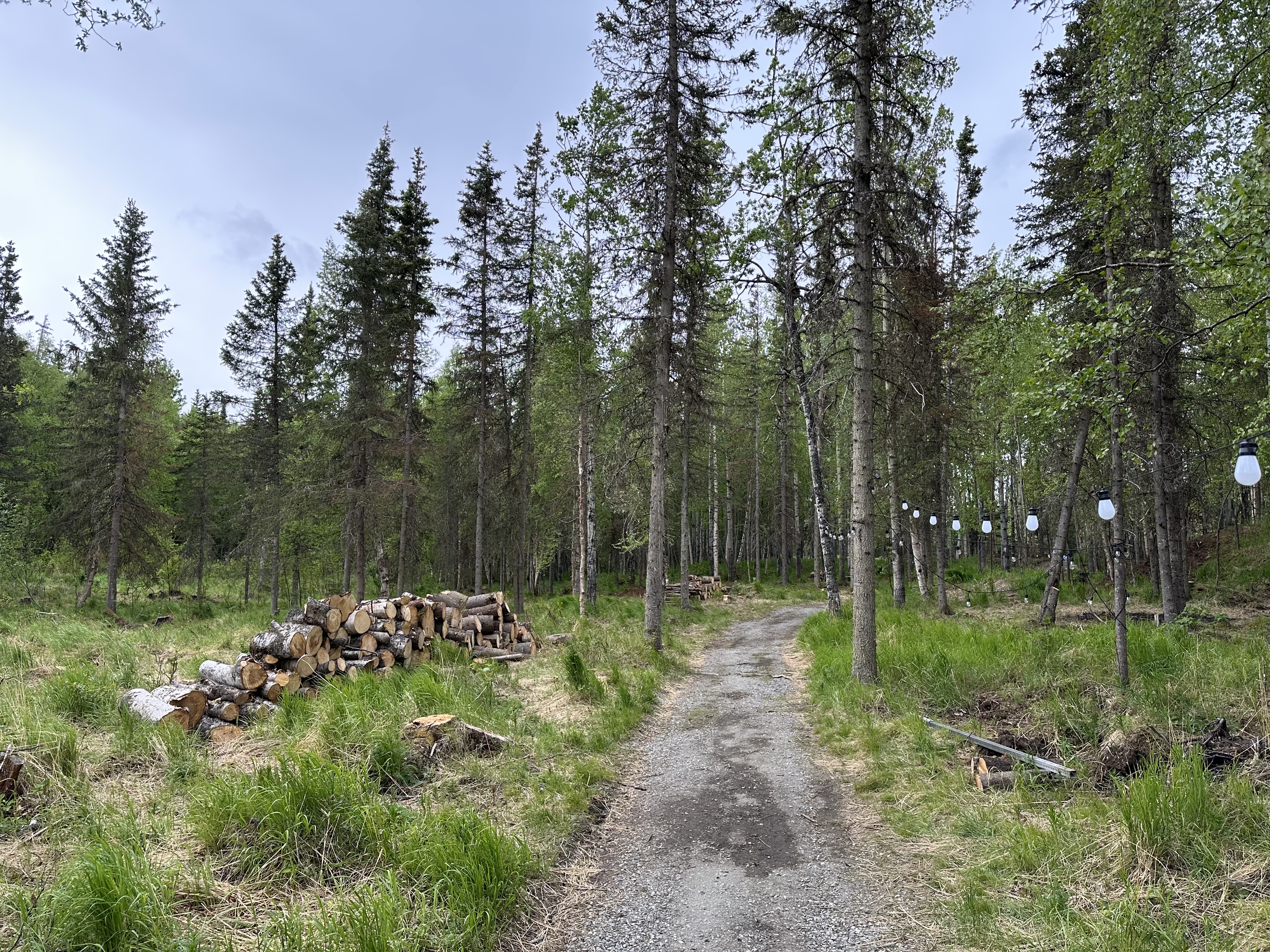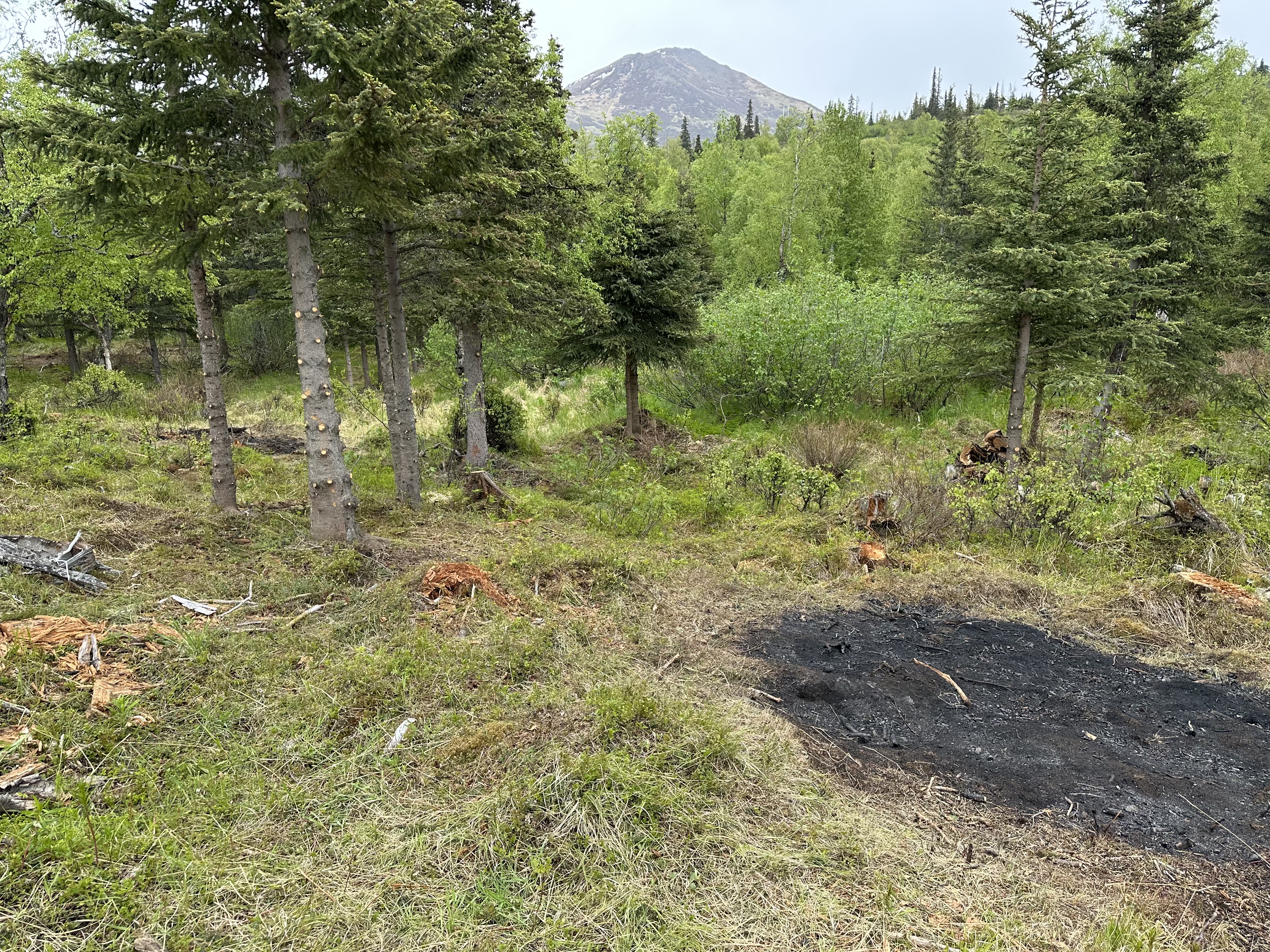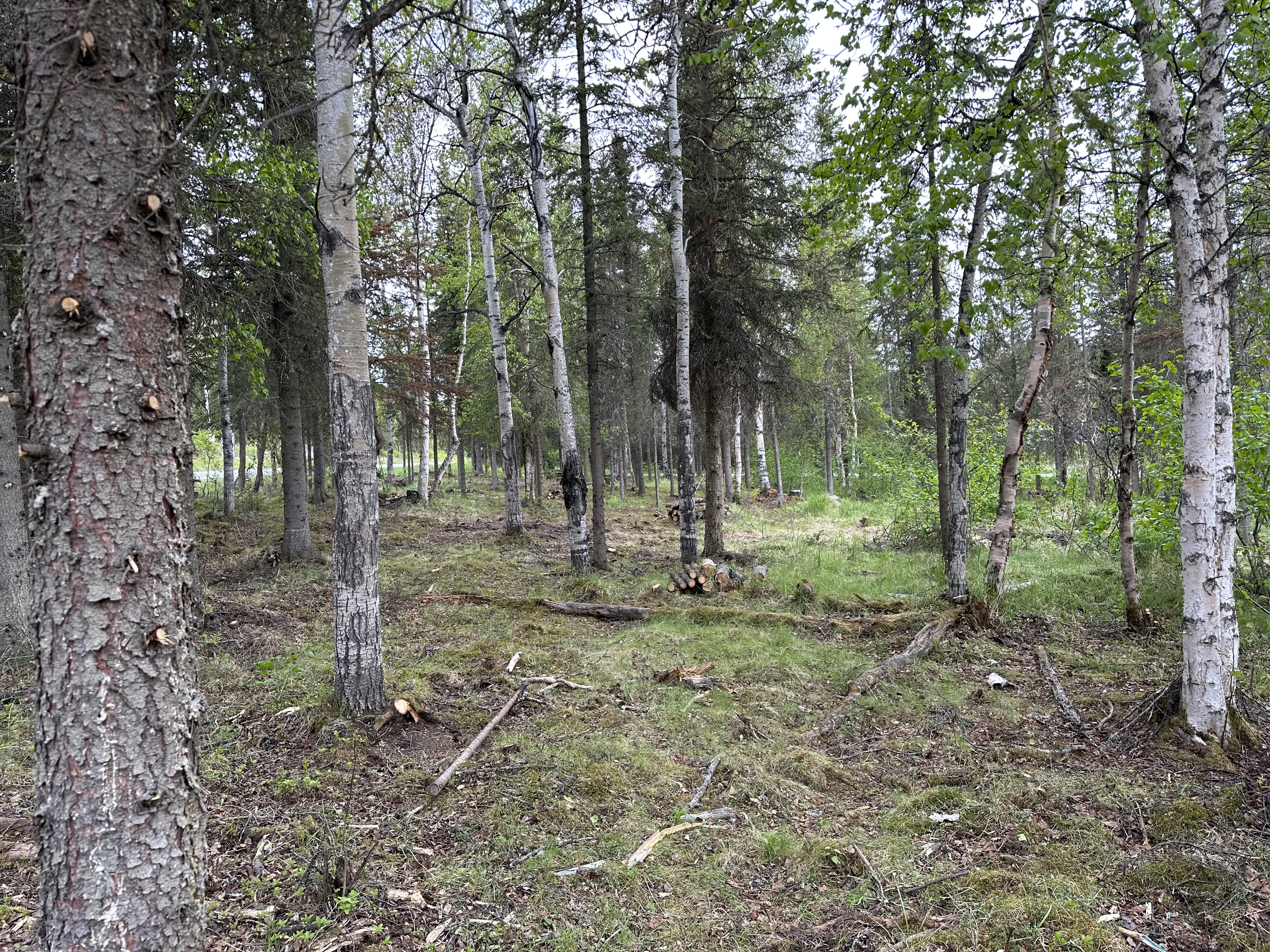PROJECT STRATEGY
As discussed above, several factors affect the timelines for proposed projects. Below are maps that depict general treatment areas identified as priorities to protect the life safety of the public and responders.
Note: These maps are not to scale and are intended as generalized sketches of proposed treatment areas. They illustrate our current strategy and provide a visual approximation of potential treatment zones — they are not comprehensive or all-encompassing.
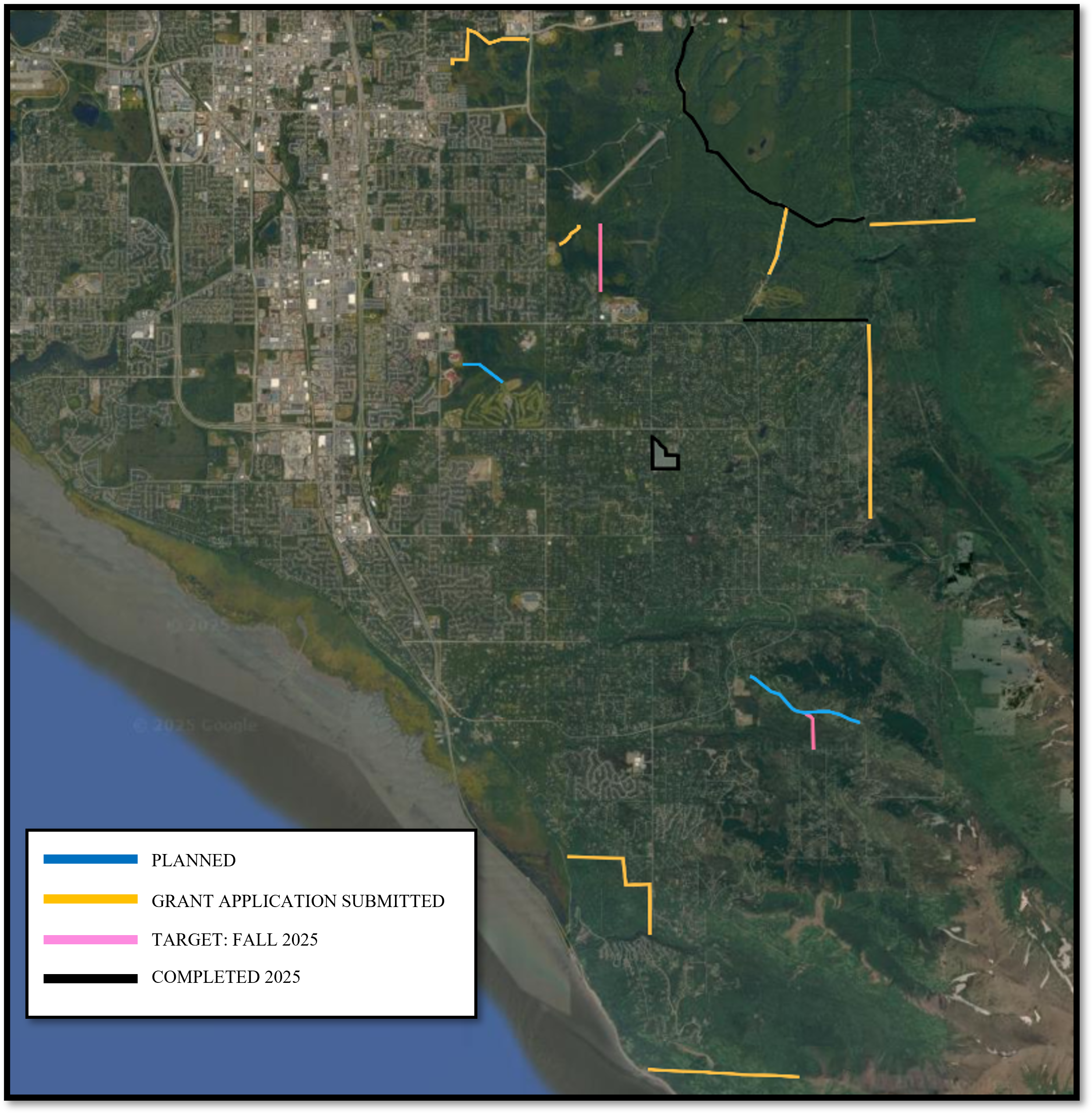
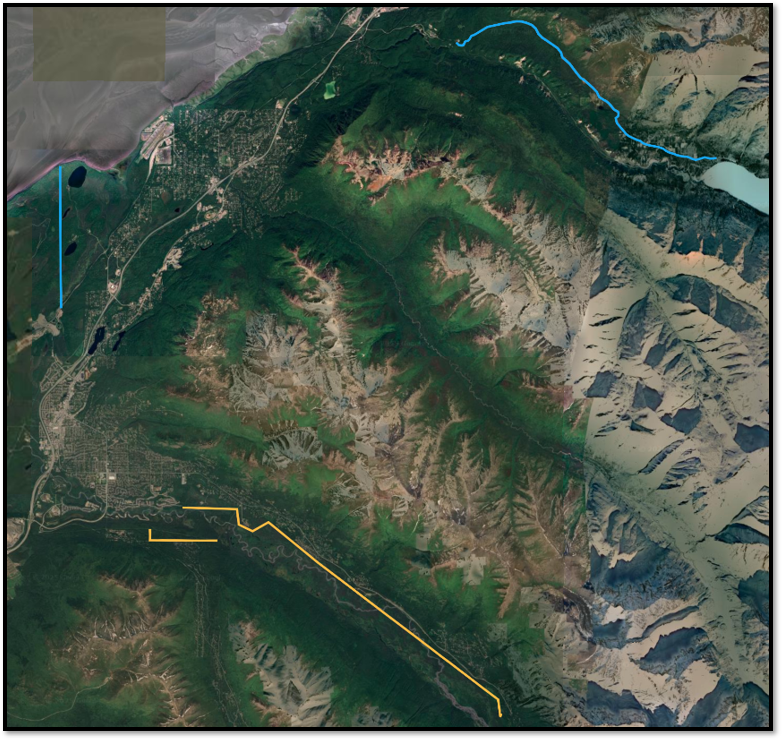
PLANNED PROJECTS

Sahalee
The Sahalee Shaded Fuel Break project area lies west of Service High School and extends north from private property boundaries to adjacent BLM lands. A 200' wide shaded fuel break created by a combination of mastication equipment and hand crews will result in a treatment of approximately 15.8 acres. This project will directly protect an estimated $250 million in property and benefit approximately 930 residents, while improving firefighter access and tactical effectiveness during a wildfire incident. Implementation is scheduled for 2025-2026, with an estimated duration of 6 months, occurring entirely on public lands with no impact to private property.
Resolutions of Support & Engagement
A resolution of support has been obtained by MOA Parks & Recreation and verbal support has been provided by the Bureau of Land Management and Alaska Department of Fish & Game.
A resolution of support has also been obtained by Abbott Community Council.
Funding was sourced by the Anchorage Hillside Home and Landowners Organization (HALO).
Project Status
The Wildfire Division is drafting a Request For Proposals (RFP) to solicit a contractor. Once drafted, the RFP will be reviewed by the Municipality and released for bidding.
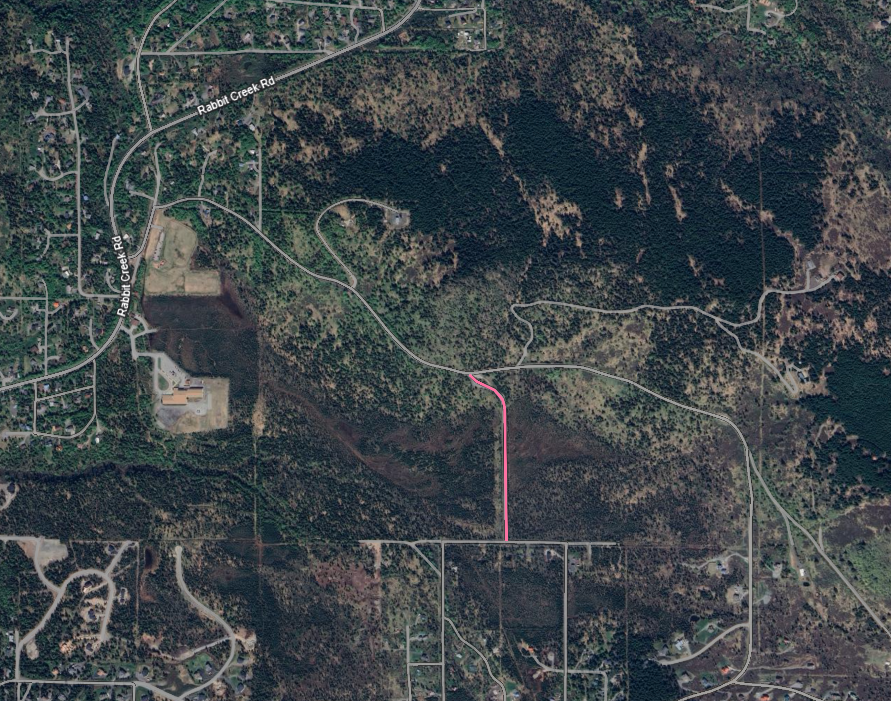
Heights Hill
The Heights Hill hazard fuel mitigation project will involve a 100' wide clear cut fuel break on public lands along the west side of Heights Hill Road, from Clarks Road to Jamie Avenue. The total estimated treatment area is 4.6 acres, will take approximately 6 months to complete, and is anticipated to
begin the fall of 2025. It will protect more than $158 million in property and several critcal egress routes.
Resolutions of Support & Engagement
The Hillside Home and Landowners Organization secured funding for hazard mitigation projects in the Hillside area and is supporting this project with those funds. Alaska Department of Fish and Game has been briefed and is in support.
Resolutions of support have been obtained from the landowners, Heritage Land Bank, as well as the land managers, Muni Parks & Recreation.
The Wildfire Division is scheduled to meet with Bear Valley Community Council on September 10th to discuss the project.
COMPLETED PROJECTS
Campbell Airstrip Road
The Campbell Airstrip Road Shaded Fuel Break Project aims to reduce wildfire risk and enhance public safety along a 3.1-mile stretch from Fire Station 14 to the Basher Drive Trailhead. Campbell Airstrip Road serves as a single access route for firefighters and a critical egress route for the public, making hazardous fuel reduction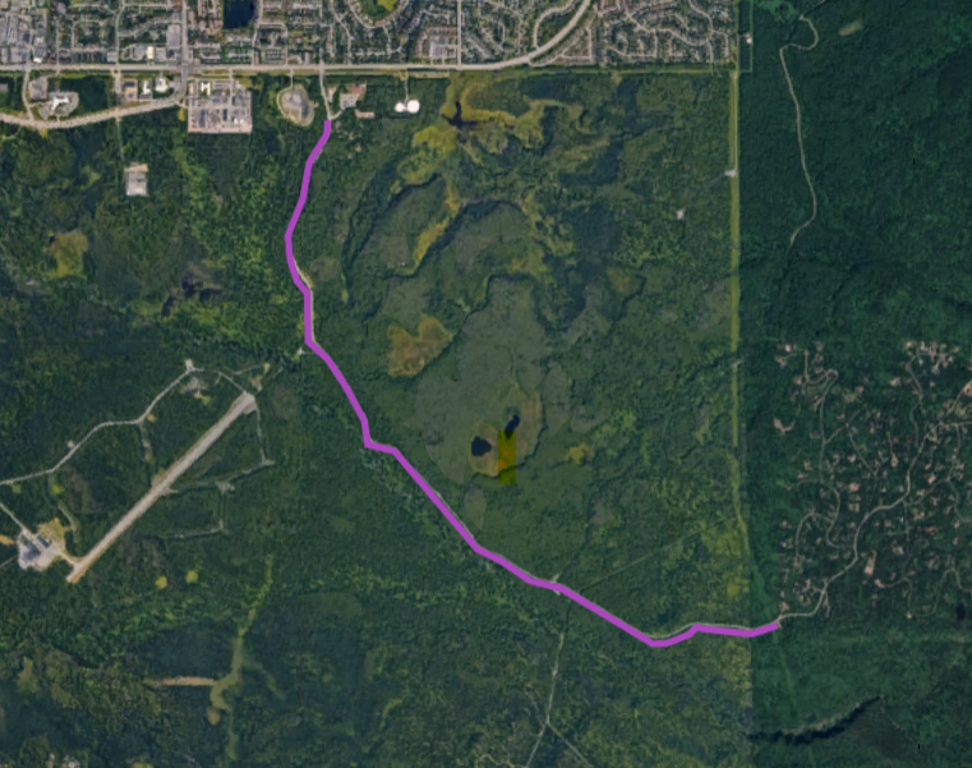 essential for safe evacuation during a wildfire. The project will create a 300-foot-wide shaded fuel break by removing dead and downed trees, thinning spruce and hardwood stands and reducing ladder fuels. Special care will be taken in sensitive areas to minimize environmental impact. All debris will be mulched or chipped on-site, with usable firewood made available for public collection.
essential for safe evacuation during a wildfire. The project will create a 300-foot-wide shaded fuel break by removing dead and downed trees, thinning spruce and hardwood stands and reducing ladder fuels. Special care will be taken in sensitive areas to minimize environmental impact. All debris will be mulched or chipped on-site, with usable firewood made available for public collection.
The Anchorage Fire Department Wildfire Division is committed to proactive wildfire mitigation efforts that enhance public safety while promoting a healthy and resilient forest landscape.
Resolutions of Support & Engagement
Ahead of this project, the wildfire division has engaged the community by providing information and soliciting feedback about the project. To date, resolutions of support have been obtained from the Basher Community Council and MOA Parks & Recreation.
Additional Collaboration:
- Heritage Land Bank (land owner/manager of some affected parcels)
- Federation of Community Councils
- This project has been discussed at more than 50 community council meetings & other community events. Area councils such as Scenic Foothills, University Area and Campbell Park requested and received presentations specific to this project
- Far North Bicentennial Trail User Group
- Bureau of Land Management at Campbell Tract
- MOA Planning Department
- Alaska Department of Fish & Game
- State of Alaska Division of Forestry
- Alaska Botanical Garden
- Local contractors capable of performing the work
Project Status
The project began on May 19th and is now complete. Thank you to all of the cooperators and community members who made this project a success.
East-West Connector
The East-West Connector Shaded Fuel Break Project aims to reduce wildfire risk and enhance public safety that extends from Hilltop Ski Area Road to Prospect Heights Trailhead. This project is being performed in collaboration between the State of Alaska Division of Forestry and Anchorage Fire Department, with DOF Type 2 IA Handcrew Gannet Glacier performing the work. The project will create a 200-foot-wide shaded fuel break that will thin the most fire-prone fuels while strategically leaving trees and brush species that are less susceptible to wildfire. The result is a natural-looking environment that still feels like the Hillside that residents know and love. The line will be set back 50' from private property. Gannet Glacier crews will be seen camping at the site, and people visiting the area may notice additional trucks and equipment during the project. Trail closures will be in place for the duration of the project and will include Queen Bee and Janices Jive. These closures protect the public from the hazards of fuels mitigation work. Special care will be taken in sensitive areas to minimize environmental impacts on the trails and land to retain the scenic characteristics for trail users. The fuel break will also serve to enhance habitat values by retaining a diverse mix of tree and shrub species. Management of debris will range from mulching to potential burning of debris piles by wildland firefighters.
Project Status
The project was officially complete on May 30th. Thank you for partnering with us, DOF! Learn more about the project on akfireinfo.com and watch the videos below to learn more about what we accomplished with this fuel break and the impact it will have.
